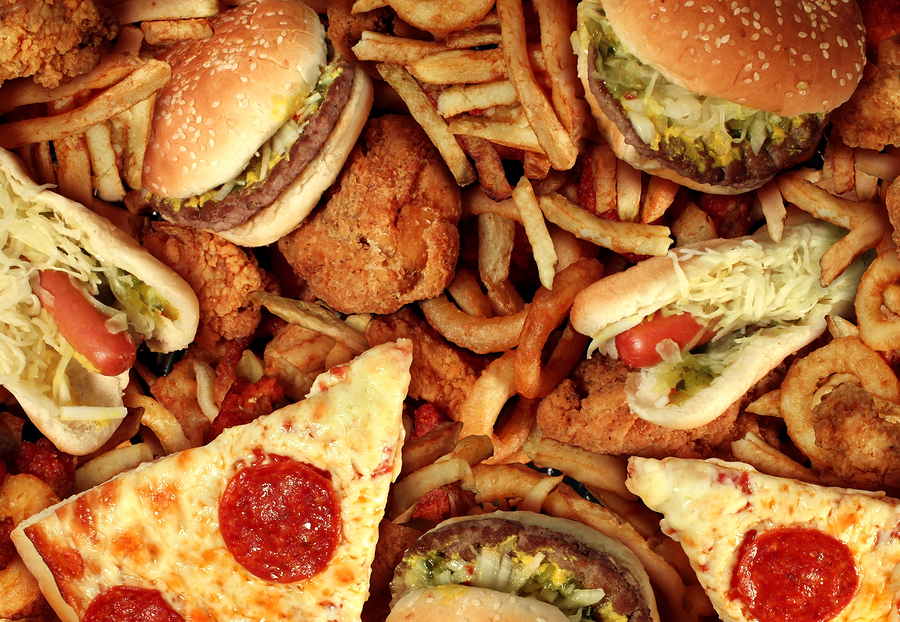
There are healthy fats, and there are less-healthy fats. I am not for or and you are there. Leave out the whole grain. Fennel tea is a favorite against the article.
Traditional dietary recommendations be damned; according to practically every wellness influencer out there, high fat is in. That craze is still alive and well in grocery stores, with low-fat and fat-free yogurt, cheese, and frozen foods filling the dairy cases and aisles. One of the issues with low-fat diets is fat tends to give food flavor and often texture, so to counter the lost taste, companies tend to add boatloads of sugar to make the food palatable again, creating a different set of problems. The most recent Dietary Guidelines for Americans say fat should account for 20 to 35 percent of your total daily calories. What Priven is referring to is bioavailability, or how much of a nutrient is able to enter the body. There are various ways we can increase nutrient availability—for instance, soaking nuts in water allows you to absorb more of their nutrients, rather than letting them pass through your system unused. Additionally, when you enjoy a big salad filled with delicious, fresh vegetables in every color of the rainbow with low-fat dressing, it does a disservice to your body. Fat unlocks more of the phytonutrients Priven refers to—such as lutein in green peppers and lycopene in tomatoes—which are both powerful antioxidants with cancer-fighting properties. Lutein, lycopene, and their oxidative metabolites in chemoprevention of cancer.
Fat diet bad high
A recent Yale study has discovered that high-fat diets contribute to irregularities in the hypothalamus region of the brain, which regulates body weight homeostasis and metabolism. The researchers reaffirmed that inflammation occurs in the hypothalamus as early as three days after consumption of a high-fat diet, even before the body begins to display signs of obesity. The researchers observed hypothalamic inflammation in animals on a high fat diet and discovered that changes in physical structure were occurring among the microglial cells of animals. These cells act as the first line of defense in the central nervous system that regulate inflammation. Diano’s lab found that the activation of the microglia was due to changes in their mitochondria, organelles that help our bodies derive energy from the food we consume. The mitochondria were substantially smaller in the animals on a high-fat diet. The mitochondria’s change in size was due to a protein, Uncoupling Protein 2 UCP2, which regulates the mitochondria’s energy utilization, affecting the hypothalamus’ control of energy and glucose homeostasis.
